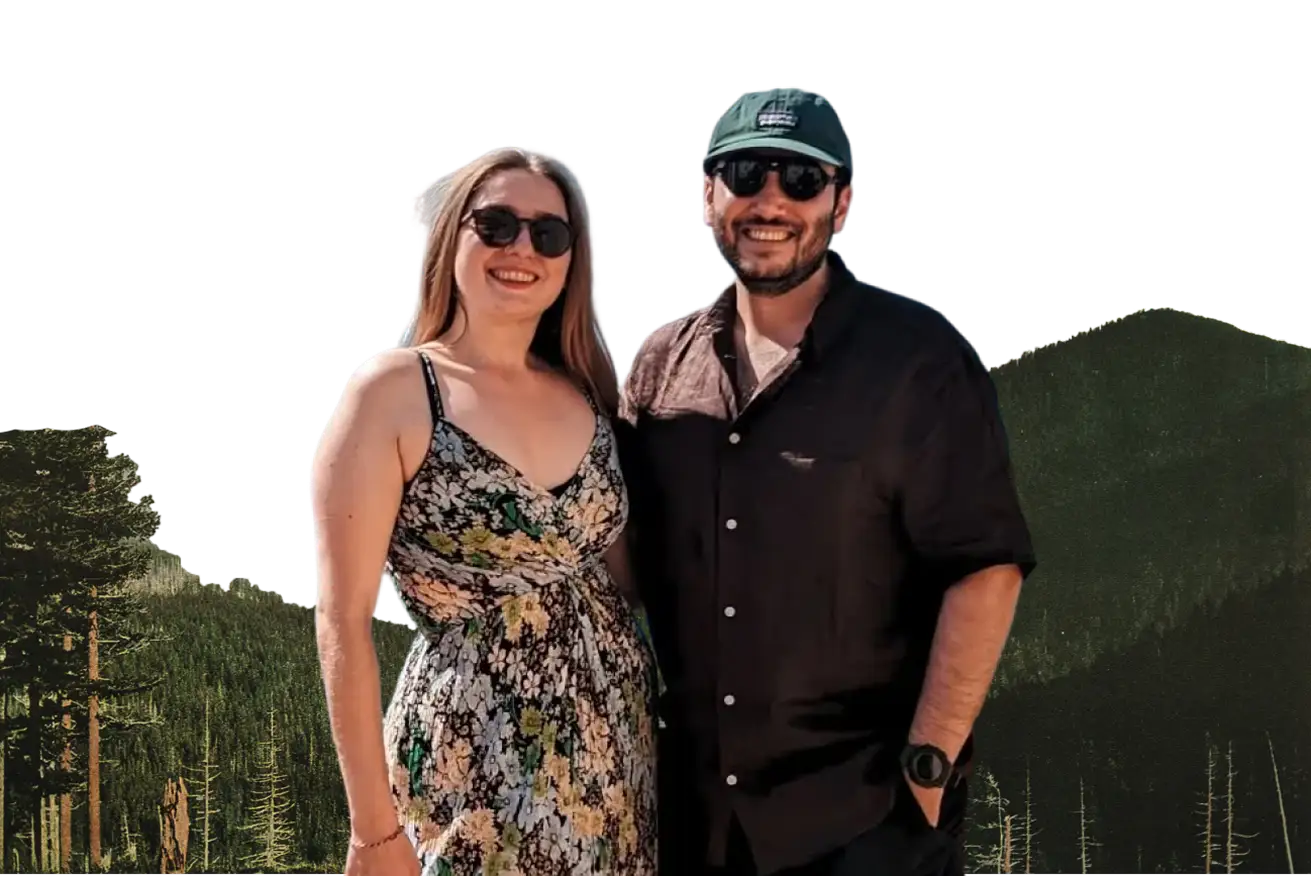There are stories that you read, and there are stories that haunt you. The story of Hasankeyf is one that haunts.
It is the story of a city that held 12,000 years of human memory in its stones, now lying silent beneath the placid, blue-green waters of a modern dam. To think of it is to think of a library, its ancient manuscripts and priceless first editions deliberately submerged, their stories now only echoes.
We have found ourselves returning to the story of Hasankeyf again and again in our explorations of Southeast Turkey. It is not an easy story to hold. It forces us to grapple with some of the most difficult questions of our time: How do we measure the value of a past that cannot be bought or sold? What is the true cost of "progress"? And what is our responsibility to the ghosts of history?
A library of stone, carved by the river
Hasankeyf was not just an old town; it was a living conversation with time. Situated dramatically on the banks of the Tigris River, its cliffs were honeycombed with thousands of man-made caves that had been homes, workshops, and sanctuaries for millennia. A magnificent medieval bridge stitched the two sides of the river together, a testament to connection. The minaret of the El-Rızk Mosque reached for the sky, while the unique, turquoise-tiled tomb of Zeynel Bey spoke of distant empires and artistic fusion.
Romans, Byzantines, Artuqids, Ayyubids, Ottomans – they all passed through, each leaving a chapter, a verse, a single word written in stone. It was a place where you could literally walk through thousands of years of human history. But crucially, it was not a museum. It was a living town, a community whose rhythms were tied to the ancient flow of the river.
The deluge and the difficult choice
The modern story of Hasankeyf is a tragedy of choice. The Ilısu Dam, a massive hydroelectric project, promised energy and agricultural development. But the price was the water, which would rise and claim the ancient valley.
For decades, voices from around the world rose in protest. They argued that to drown Hasankeyf was to erase an irreplaceable chapter of our shared human story. A complex and costly effort was made to move a few of the most iconic monuments to a new "Culture Park" on higher ground. The Zeynel Bey Tomb, the minaret, and a few other structures were lifted and carried, like precious artifacts being placed in a new glass case.
But a place is not just a collection of its most famous objects. It is the context, the landscape, the unexcavated secrets in the soil, and the intangible web of memories and ways of life that give it a soul. While the objects were saved, their context is now lost forever beneath the water.
The lessons from the silence
The story of Hasankeyf is a profound and painful lesson. It forces us to ask what "preservation" truly means. Can a story still be told when its library has been flooded?
It also asks us to confront our own values. How do we, as a global society, weigh the immediate demands of the present against our profound responsibility to the past? Who gets to decide which stories are worth saving?
Even though the ancient town is gone, its story is not over. Its echoes from beneath the water continue to speak. They speak of the incredible depth of human history that often lies just beneath our feet. They speak of the vibrant, diverse civilizations that have shaped our world. And they speak of our solemn duty to be thoughtful caretakers of their legacy. To remember Hasankeyf, to tell its story, is now our final act of preservation. It is a promise that even when the stones are silent, the echoes will not be forgotten.
.svg)




